July 15, 2022
Hugh Brown - The Story of a Mine Photographer
There is not much that Hugh Brown hasn't seen or done when it comes to artisanal mining. Providing a voice and sharing the stories of some of the worlds poorest mining communities, his work provides a fresh perspective that is all too often overlooked. We caught up with Hugh to gain an insight in to his world and learn more about what we can all do to become better custodians of the planet.

Hugh Brown, world renowned artisanal mining photographer
How did you get into photography?
Short answer is that I fell into it. I’d never planned or thought of becoming a photographer. My training had been in business and in law. But in 1998 I moved to Australia’s remote Kimberley region. I was worried I would get sucked back into my old career in consulting and so made the most of every minute I was there. The camera came along everywhere I went – the Kimberley is one of the most spectacular places in the world – and eventually I made the decision to give things a crack.
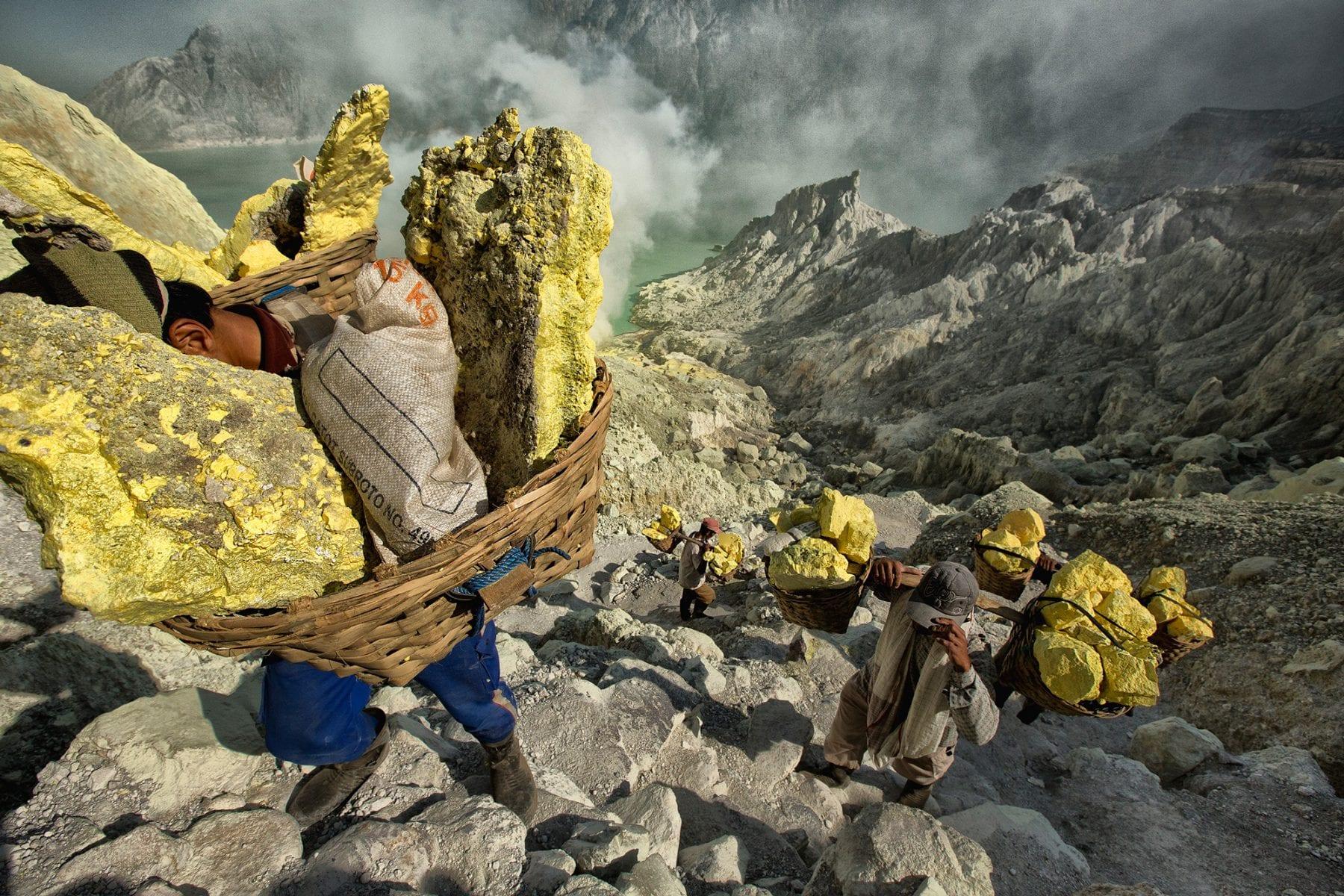
What are some of your favourite moments captured on film?
I tend not to have so many favourite photos. I usually find they excite me for some days or short weeks and then I let go and I’m thinking of what next.
The photos usually remind me of moments in time. They are my connection to special times. Special moments have included chasing wild horses and camels through the Gibson Desert across salt lakes – we had a skid on a camel at one stage. Chasing bursting waterfalls up in the Kimberley in 2006 – we took only my camera gear, a toothbrush and two bottles of wine for the overnight trip. Nearly getting munched by a crocodile (they wasn’t favourite special: more memorable special).
And then in the context of the miners I photograph these tend not to be as special in terms of moments. Because the work is usually pretty tough and relentless while I’m photographing what the miners do. The things that are more special to me are the friendships that are built and the times when I’ve not got the camera with me. Plus all the crazy stuff that goes on in between. Me having been tracked as a spy in three countries…
What made you focus on telling the story of the artisanal miners?
Initially it was because of my visual fascination with what they do. It reminded me of photos I’d seen from developed world goldrush times back in the 1850s. More recently it’s been about seeing that they get a fair deal, because I really feel that they are being treated badly and judged unfairly by those with more money.

Collecting Sulphur, Ijen Volacano, Indonesia 2012
What locations have you visited that excite and exhilarate you the most?
There have been so many. I love Russia and its people and its landscape and its feel. I wish I could be over there now but times are not so conducive. But the Russian people don't get a fair deal from the media here in the west. Their people are some of the most kind and warm I have come across. Totally different to what we are taught from a young age.
Pakistan is another favourite country. Again, it’s the people. But it is also the scenery. The Karakorum Range is one of the most spectacular mountain ranges on the planet. It reminds one of the insignificance of humanity. The cultures of these countries that don’t see many westerners – Russia too – are so fascinating and authentic. And, as I said above, it’s the moments when the camera is not in tow that are often the most special. Such as a random dinner with arms dealers one night in Northern Pakistan: one had been kidnapped by the Taliban and held hostage for six months.
 Gemstone miner in Northern Pakistan 2015 - The worlds highest altitude miners
Gemstone miner in Northern Pakistan 2015 - The worlds highest altitude miners
I seem to have a love for the countries that are out of the way. In Africa I love Burkina Faso – difficult now – for its people and landscape. I love that Sahel region. Also the DRC for the craziness and the fact that anything seemingly goes – mostly in a good way. Africa is the land of the possible. Not so much about the impossible because anything is possible. We’ve lost that in our own western countries which have lost that zest for life. Plus I love Mozambique. Namibia. Ghana, etc. etc. I guess I just love Africa!
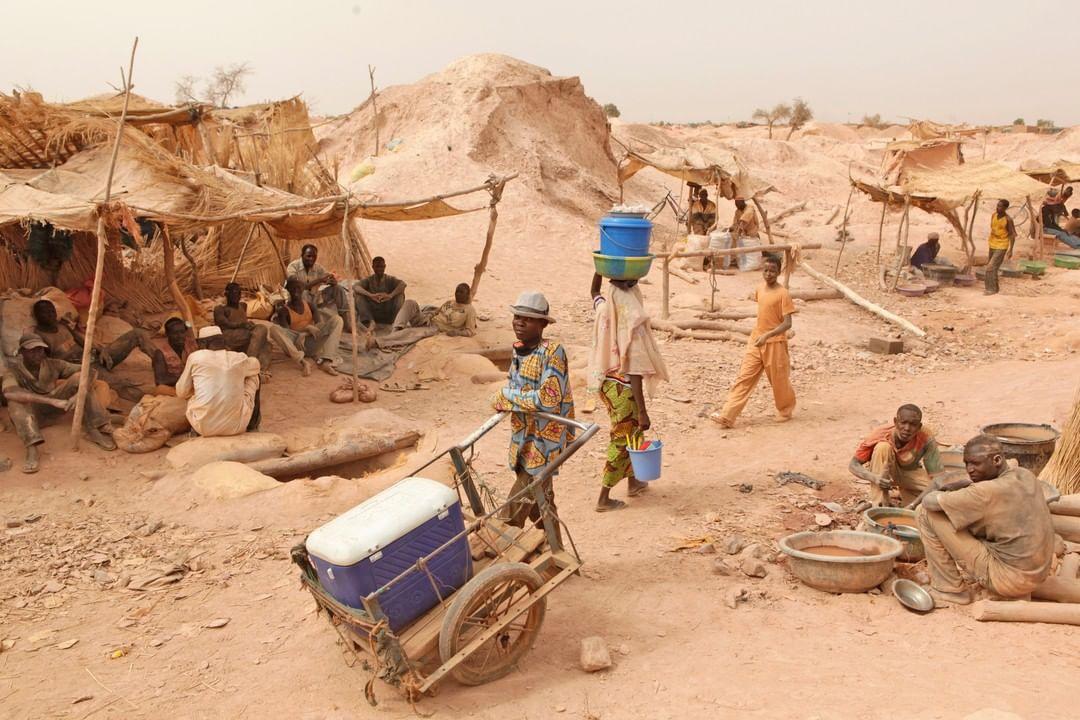
Bolivia was also amazing. I love the ability to become at one with a place in which I work. I love being able to blend in and eat with and where the locals eat. To shop where they shop. To just become another cog in the wheel. This is when the truly special moments of my travels have usually occurred. Such as when I’m doing altitude acclimitisation training or buying coconuts. There’s always something special about it.
Working in remote and wild locations comes with great risk. Have you had any terrifying moments?
Yeup. There is all of that. Terrifying moments? Not hugely often but there have been some. One was during an ebola flare-up in a remote village in Guinea. I’d planned on staying in one of my clients’ camps but was unable to given the ebola situation. So I was camped out in a one-star hotel in a village which also had some security issues going on re Boko Haram. Me spending the night with one eye open holding a knife while I googled the transmissibility of ebola. There were also some tricky moments in Pakistan at times which I won’t go into but all ended well. I guess you prepare for these things as best you can and then it’s up to providence.
What do you want people to feel and understand when they view your work?
Good question. I want people to learn to scratch. To question. To dig deeper. Photos of themselves are meaningless in my view unless they have context. I try to give my work context through the writings that I attach to them. Both the captions and the longer form stuff that I write. The camera lens shows the “truth” that the lens shows which is determined by the photographer. But the writings I attach reflect years of learnings that I hope takes the viewer much deeper and far more quickly. Learnings they would obtain far more slowly if they went through the processes that I have been through. Though their own lessons would reflect their own life experiences leading up to then.
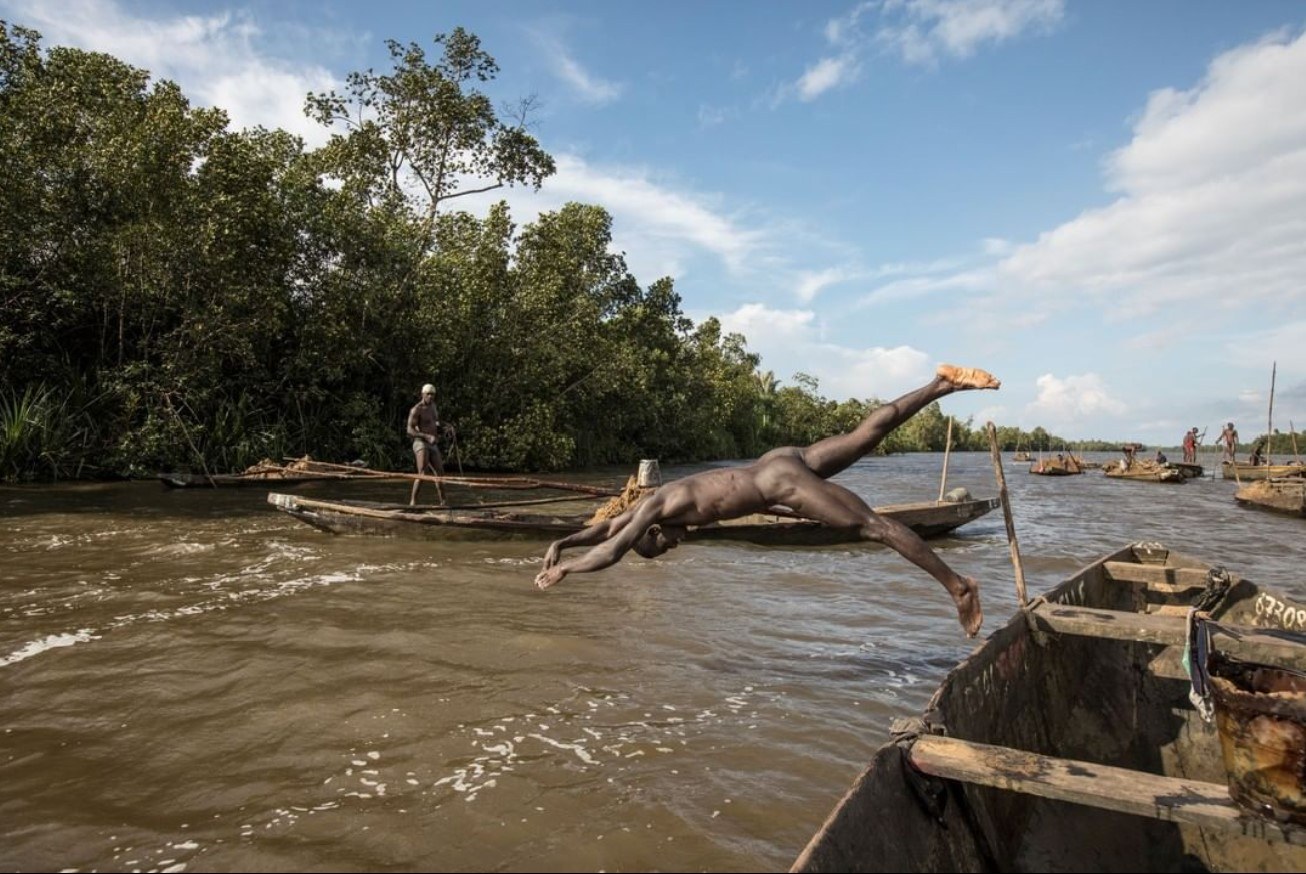
In the face of globalisation why is nurturing artisanal mining so important?
ASM employs 40 million people directly and 240 million people indirectly around the world. To put that into context those 280 million people represent nearly four percent of the world’s population and over 10 percent of the Third World working population. It’s a staggering number.
We human beings love fads and globalisation has been one of these fads that so many have latched onto without questioning the benefits. In nearly every case there are winners re globalisation and there are losers. And as with anything the powerful tend to write the rules and always in their own favour and with consideration to the world’s poorest. And for too long the world’s powerful have been screwing over the world’s less fortunate. Something which continues to this day.
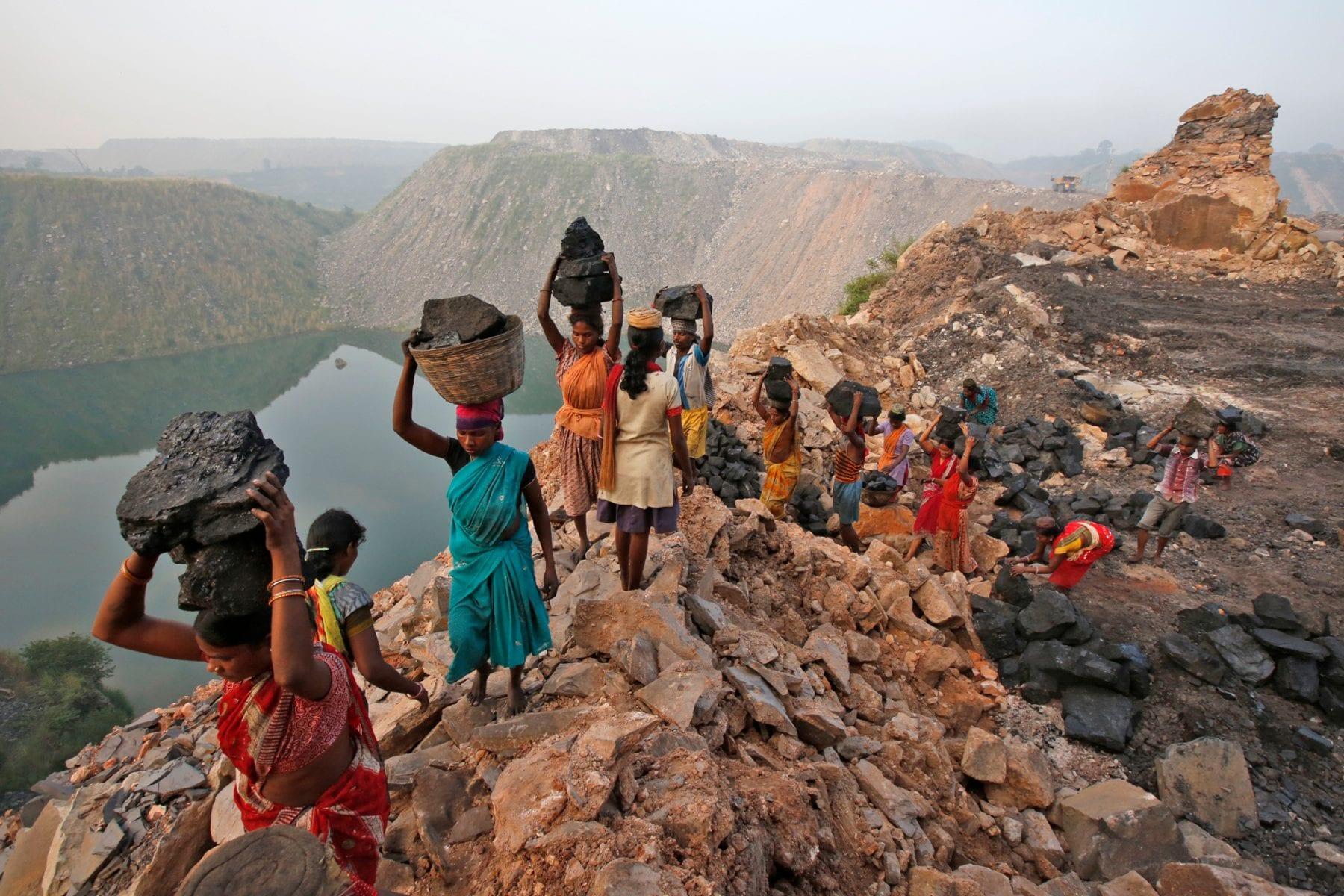
What are some of the most positive features of artisanal mining?
ASM is far from perfect as we keep hearing. But the reality is that it is a huge employment generator in the Third World and a huge player in the stability of these poorer countries. An employed population is generally a happier population than those countries where people are not employed I would have thought. It also gives the ASMs opportunities to acquire skills they would not otherwise get if ASM didn’t exist and it generates incomes for them that are more substantial than if they worked in the fields and the farms. It’s also beneficial to the extent that most of the country generated by ASM stays in country. This is not the same in the case of the large-scale miners.
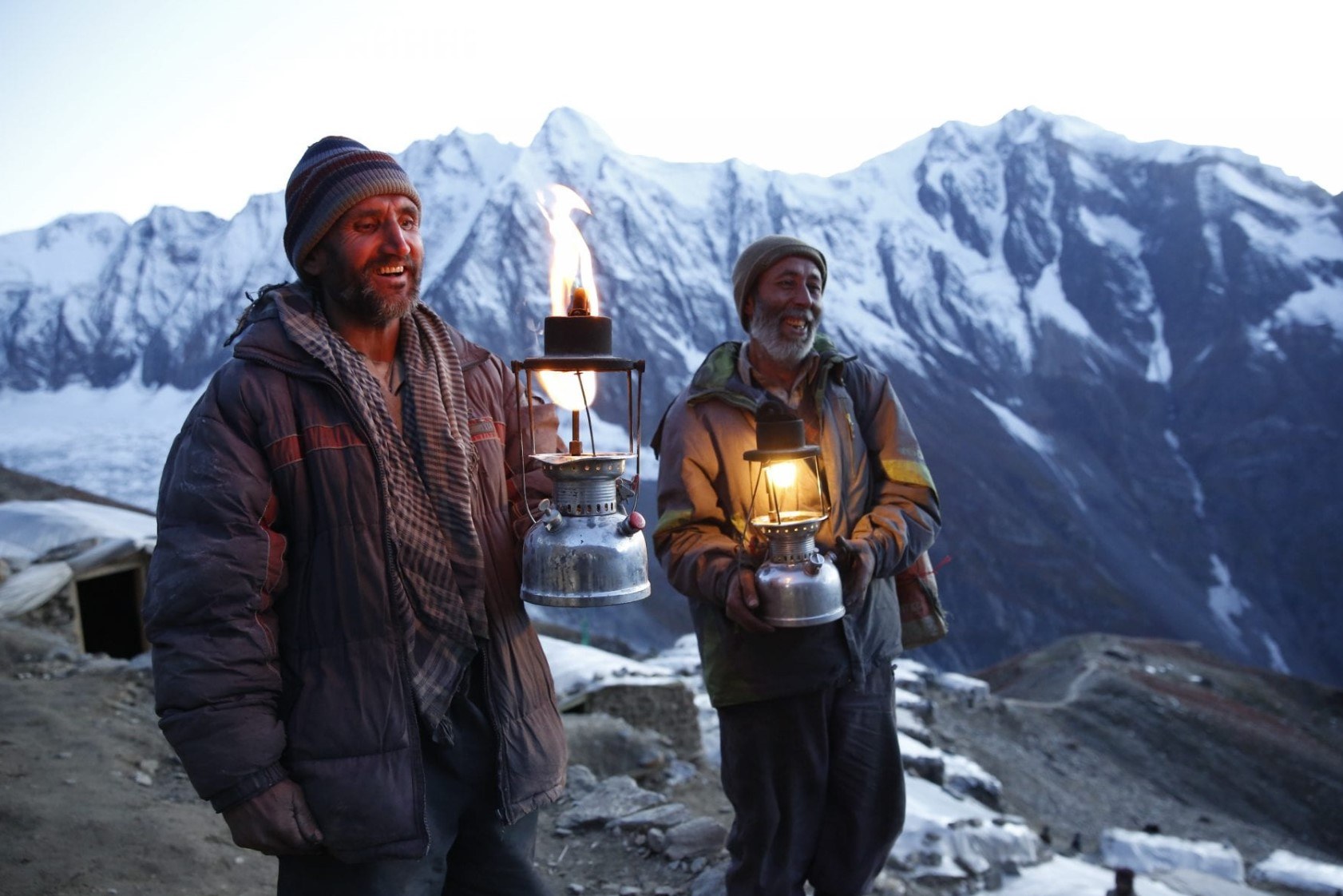
We live in a complex world and being honest with ourselves is critical. What are some of the greatest challenges and risks that arise within artisanal mining?
In the real world, we in the West love to judge the artisanal miners as if our world is perfect and everything that we do is perfect. Which of course they are not and I actually find it quite offensive that so many of us in the developed world love to rip the ASMs apart.
The ASMs get ripped apart in things like safety and environment and child labour, but realities need to wrap around these things.
For starters just because we adopt certain safety standards in the developed world does that mean that they are right or somehow better than what goes on elsewhere? Objectively they might be better but who is to say that individuals should not be able to act of their own free will in deciding whether or not to work in conditions we would not consider to be safe? Because most of the miners I’ve worked with have done so because the income is better. They are taking that active choice to make better futures for themselves and their families.
Likewise re environment the artisanals get belted by us in the developed world. But the reality of what I have seen is that is way unfair. The large-scale guys have a terrible record over the years. Think the tailings dam collapse in Brazil in the last few years, Bougainville and Fly River in PNG. Tails dam collapses I’ve seen in the Congo. The non-existence of large-scale mine rehabilitation everywhere I have been around the world. This is hypocrisy at its worst to be criticising the ASMs when our own track record is horrible in this area.
Likewise when it comes to kids the media usually dumbs things down into a two second sound-byte. It’s horrible and completely ignores realities on the ground. We are talking about some of the very poorest people in the world. The people at the bottom of the pyramid in Maslow’s Heirarchy of Needs. And we at the top part of that pyramid are trying to dictate to them the things that they should be worrying about. The reality in these poorer countries is that children are very often a form of superannuation for their parents when the parents get older. The parents have large families to provide for them when they get older.
We too have child labour in the first world. We don’t call it as such though. We call it part-time work while referring to children working in the third world as being child labour and not merely kids staying with the family group and helping their parents.
You can probably tell I’m a bit jaded at this point with the hyprocrisy around all of these issues. But someone needs to keep correcting it and to turn the spotlight back onto those making these assertions and their reason for doing so.
What can we do more of, as a community to have an increasingly positive impact on the planet?
The biggest thing we can do is get travelling. Get out of our ivory towers and get travelling. Meet and synthesise with and start to understand different cultures. In this “connected” world with all of its technological trappings we have become more disconnected than ever. And the greater the disconnect the greater it is our propensity to destroy things or others. Because we then don’t feel that connection to others. It’s the same whether it is people or environment.
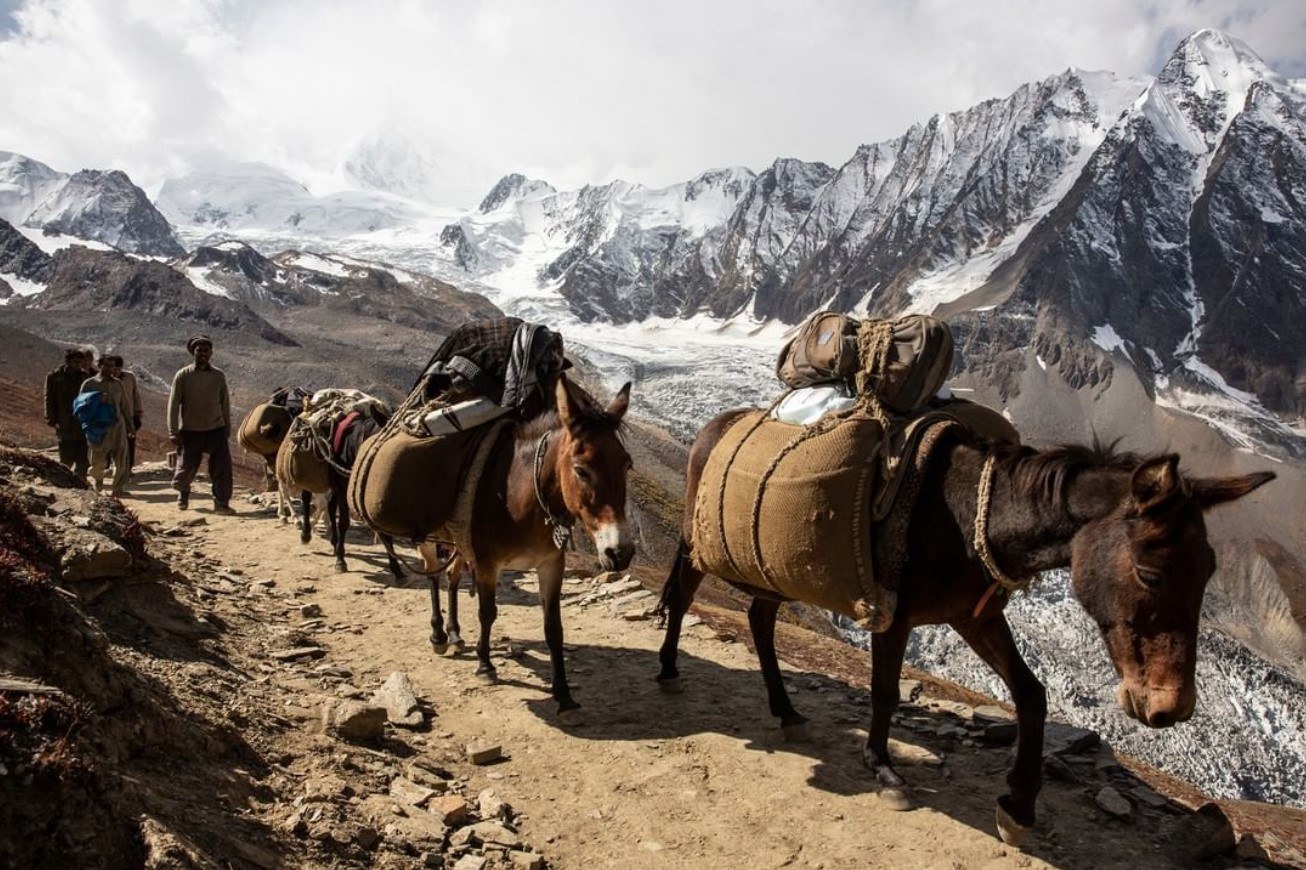
Failing the ability to travel it’s about getting educated. Asking questions. Not just buying into the status quo of all the things we are told. Most of what we hear in the mainstream now is a carefully curated single world view of relationships and how the world works. Some of my greatest trips have been to countries shunned by the developed world mainstream. Countries such as Russia and Pakistan and the Congo.
We live in a world of so much spin where people buy into fancy sounding terms without questioning them in any way whatsoever. Terms such as Responsible Sourcing and Net Zero and Circular Economy. Most of the time they are nothing more than spin. I see the impacts of these ill-conceived policies and initiatives on the people I photograph: the poorest miners on the planet.
What are your ambitions or goals for the future?
I really want to have a positive impact during my time here on earth, whatever that means. Specifically I have dedicated much of my working life to furthering the interests and cause of the miners I photograph. To see that they get a better deal from the world’s rich and powerful (which they are not at the moment). In the short-term that means raising awareness about their situation and getting them a voice when the world’s powerful meet to adjudicate about their futures. In the medium to long-term that means building pressure to ensure that when decisions are taken that adversely affects the livelihoods and futures of these miners, contingency plans are put into place that ensures that these miners and their families will not be worse off. None of this is happening right now.
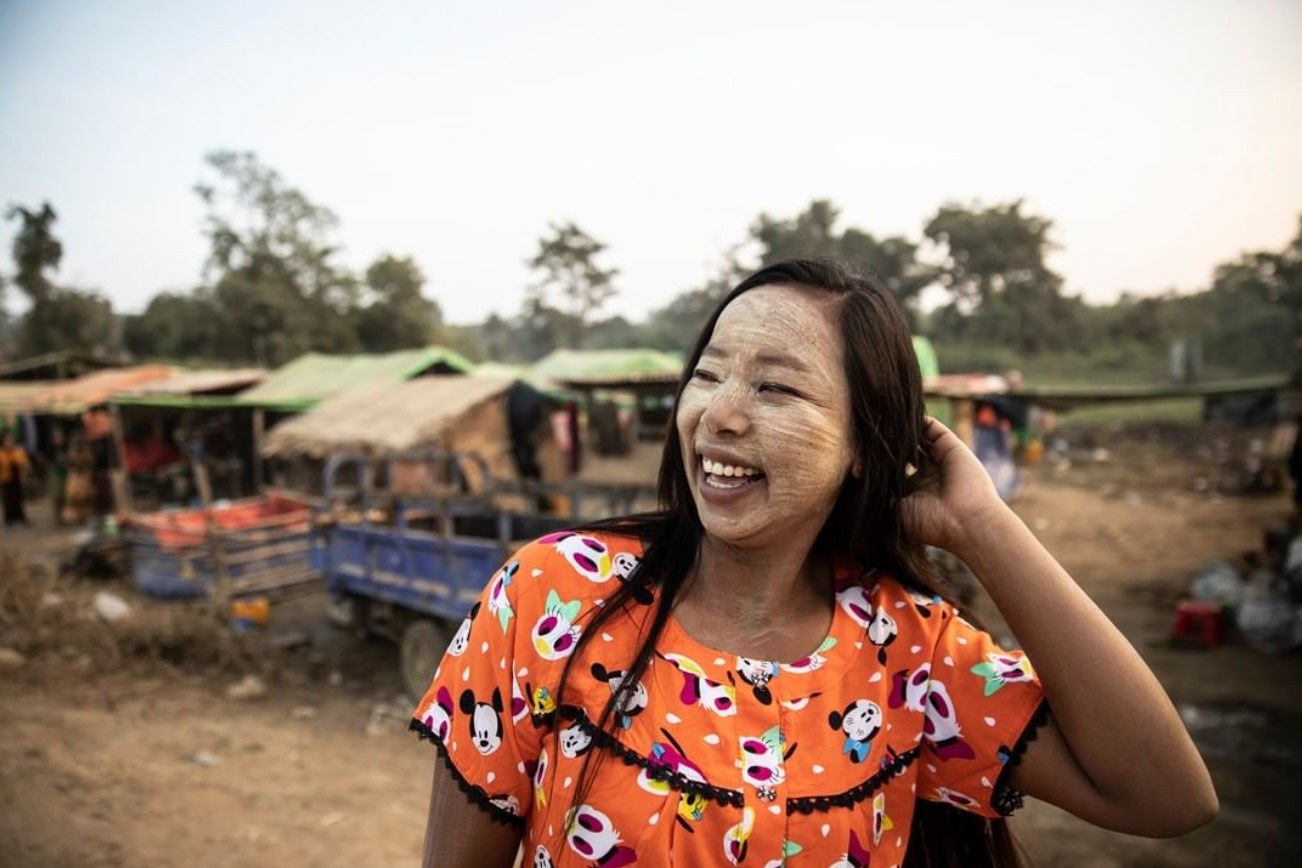
How can we learn more about your work?
If you’d like to support Hugh in this important work, please click here. He’d love your support: https://hbrownofficial.com/msp
Or if you’d like to follow Hugh’s work he is active on these two platforms:
LinkedIn: https://www.linkedin.com/in/hugh-brown-37a73132/
Facebook: https://www.facebook.com/HUGHBROWN9/
Return to Journal